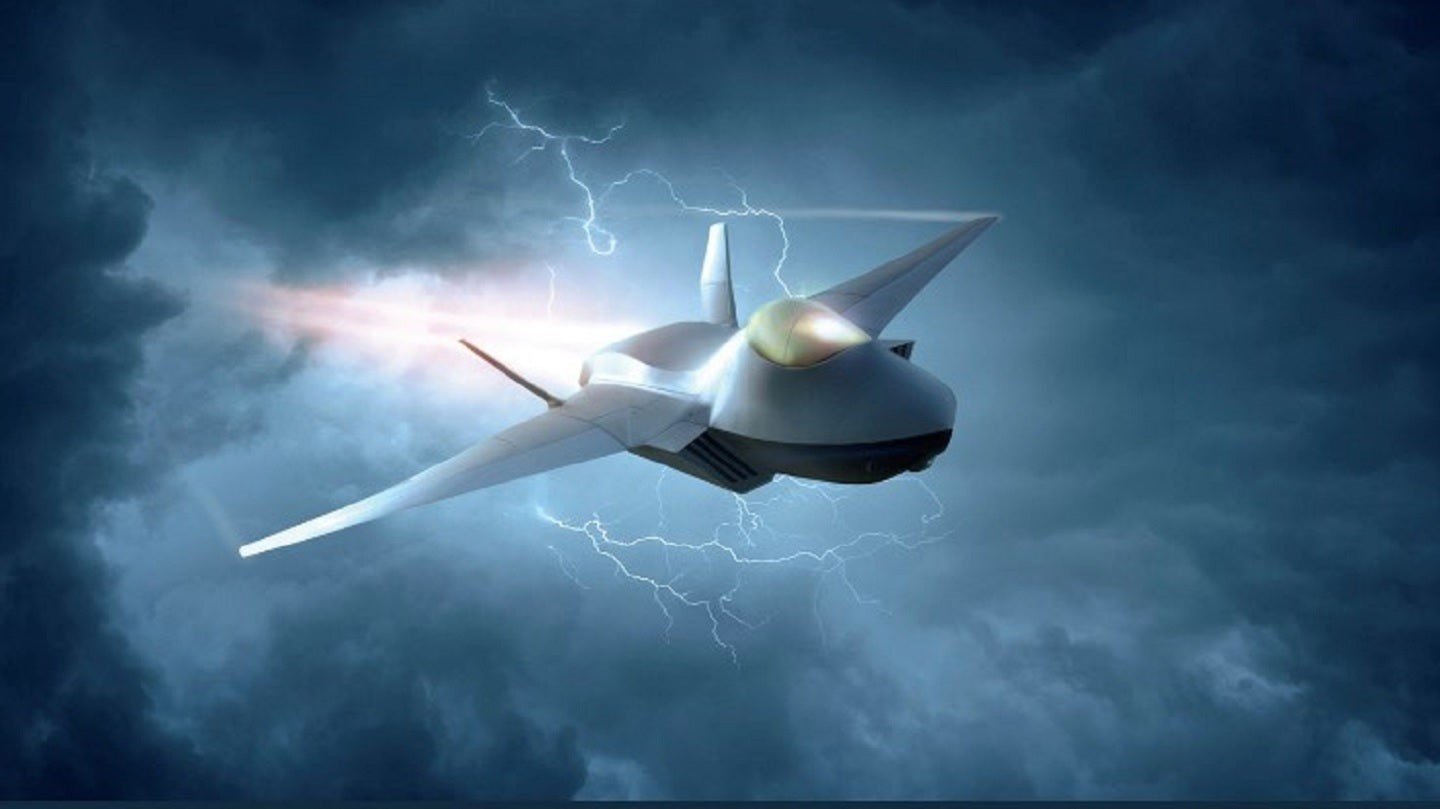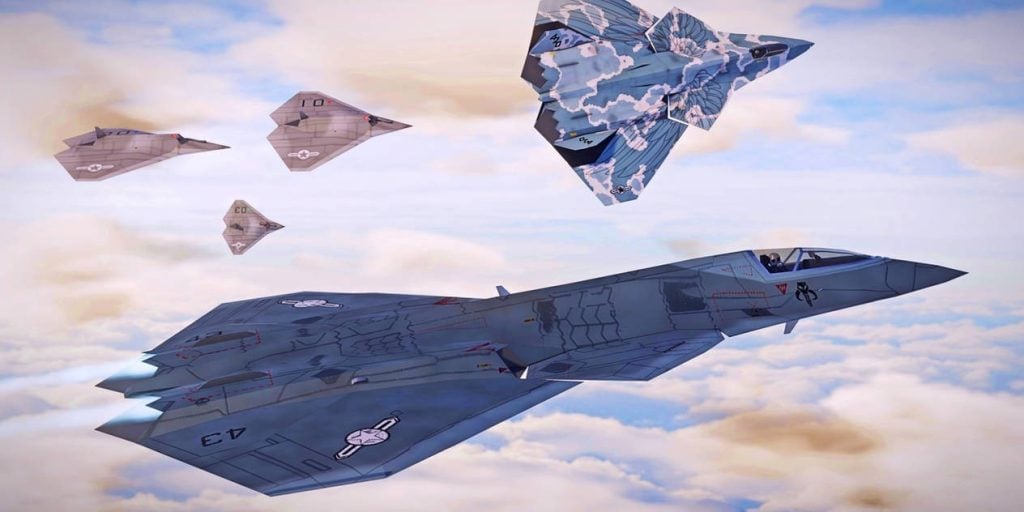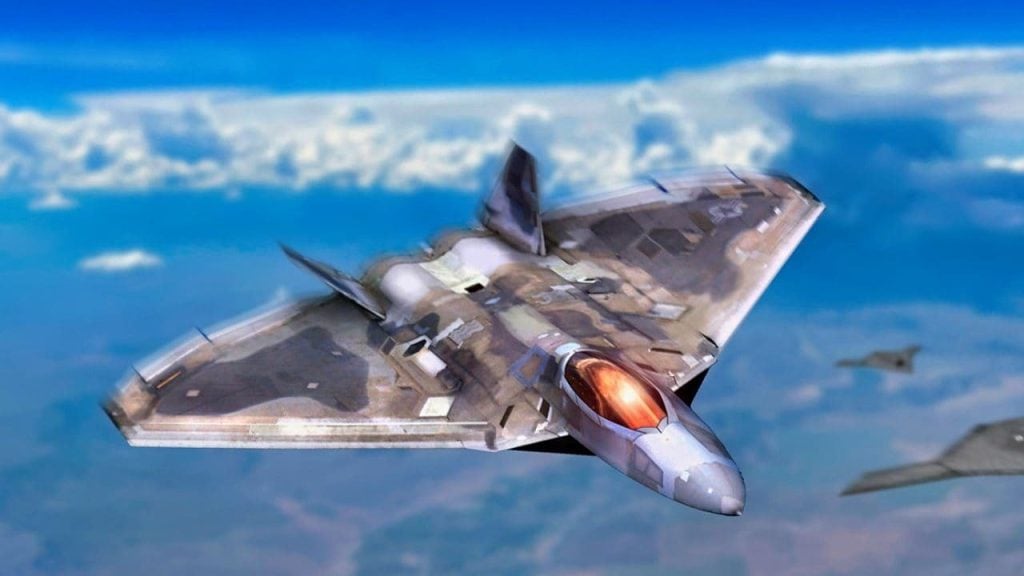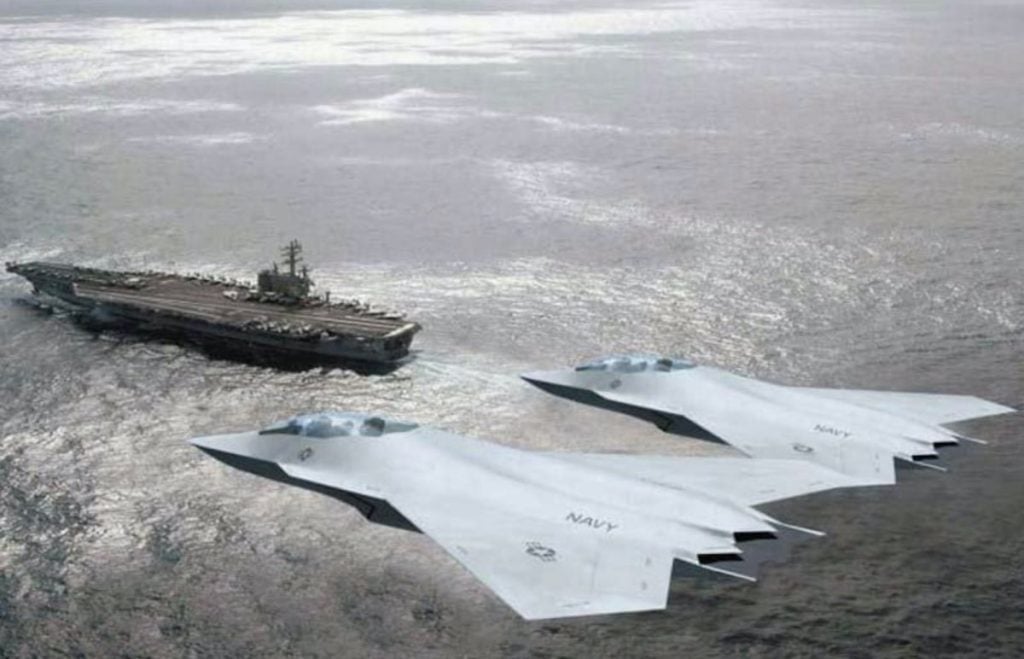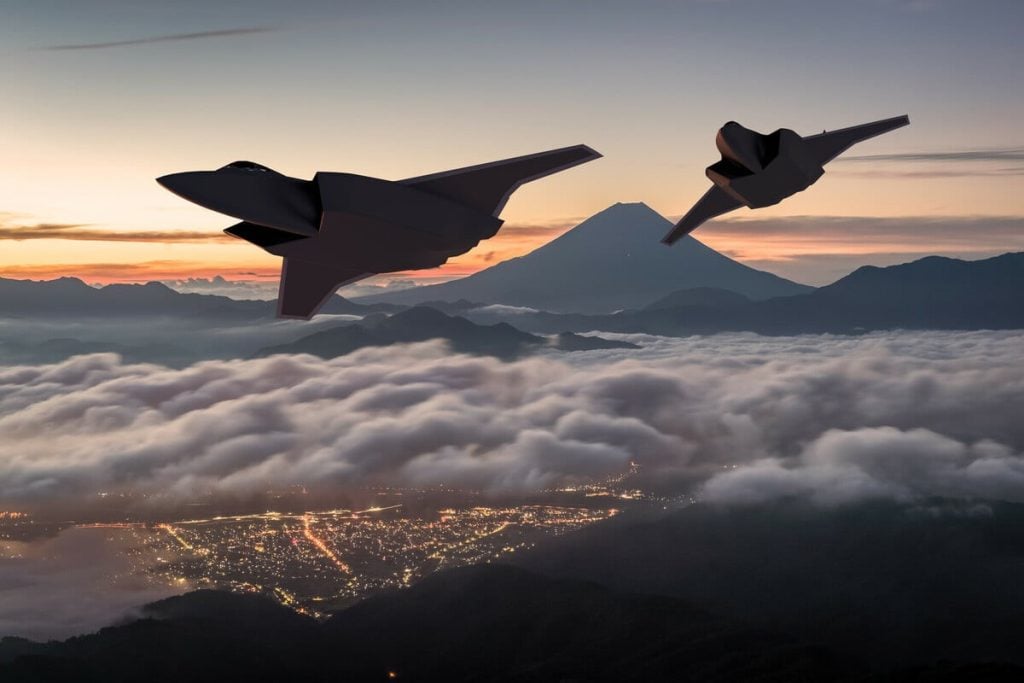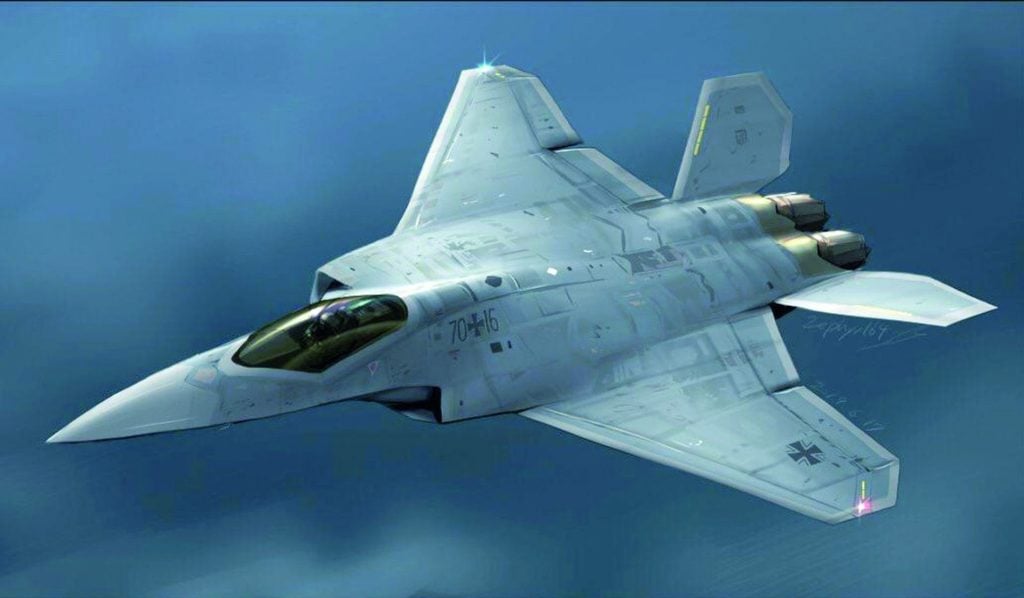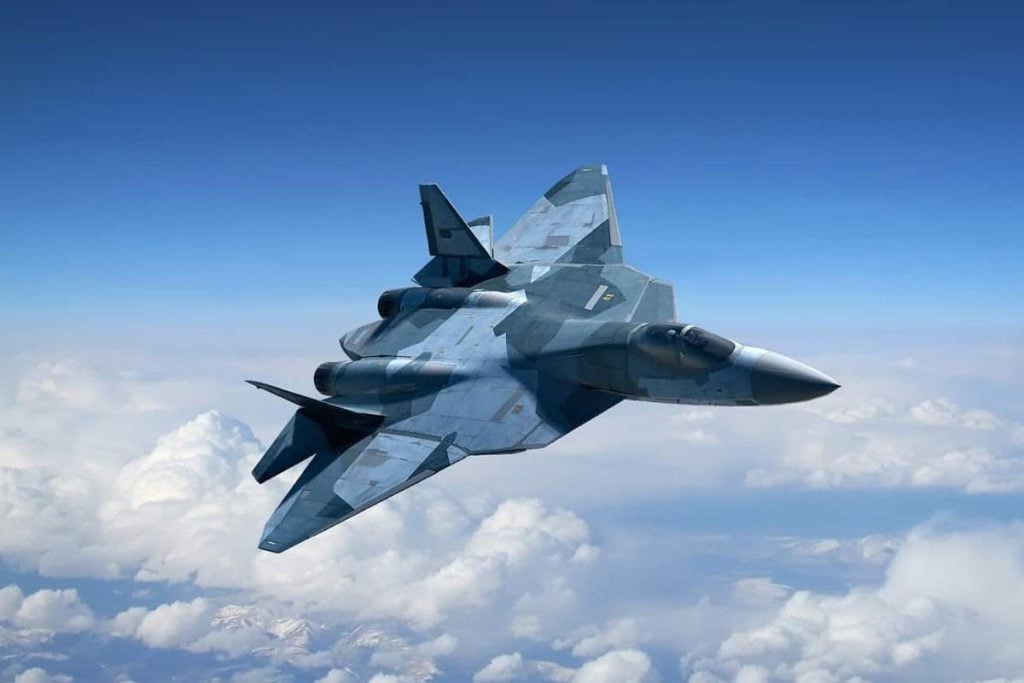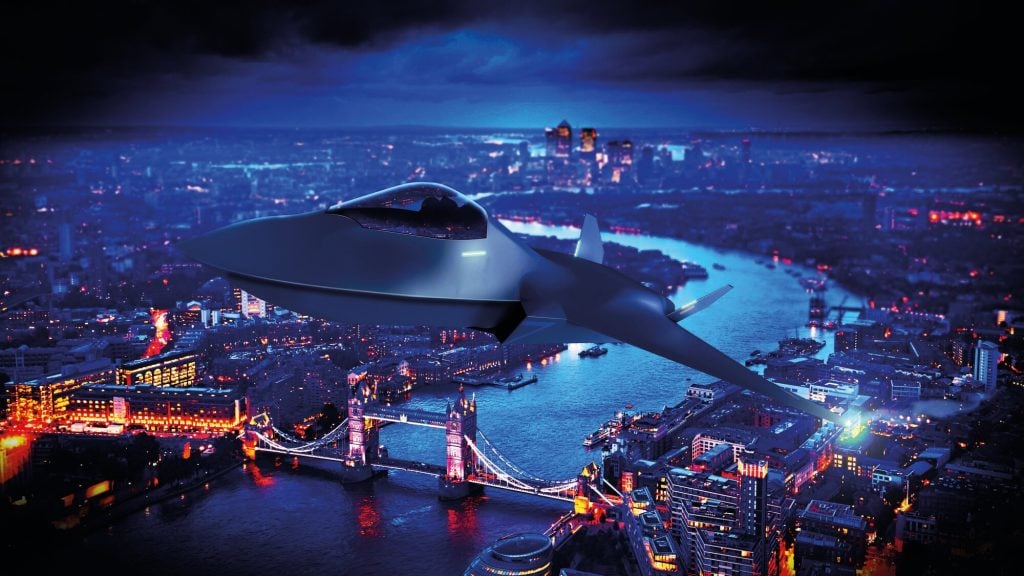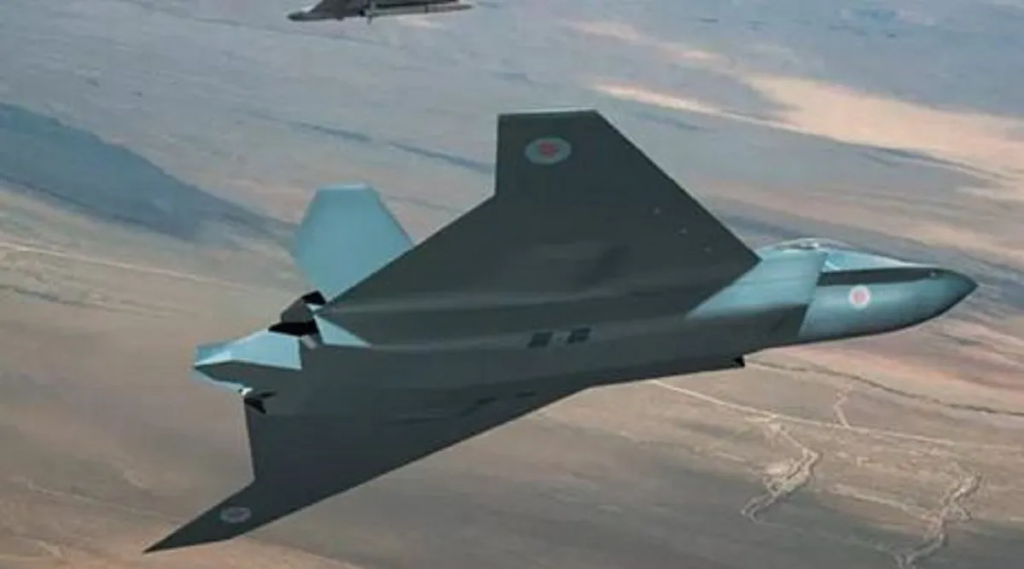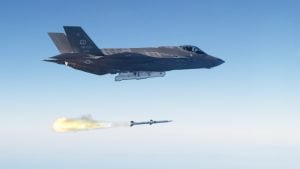The aerospace industry is abuzz with the development of next-generation fighter jets, commonly referred to as sixth-generation fighters. These advanced aircraft promise to revolutionize aerial warfare, with cutting-edge technologies and capabilities that surpass even the formidable fifth-generation fighters currently in service. However, the path to bringing these manned sixth-generation fighters to fruition is fraught with uncertainty, as various programs face challenges and evolving priorities. This article delves into the Will 6th-Gen Fighter Jets Be Piloted by Humans?.
12 Indian Cricketers Turned Armed Forces Heroes
The Emergence of Sixth-Generation Fighter Programs
In the global race for air superiority, several nations have initiated ambitious sixth-generation fighter programs, each with its own unique approach and timeline. The United States, the United Kingdom, Japan, Italy, and China are among the key players in this high-stakes endeavor, each vying to develop the most advanced and capable manned fighter jets.
1. The NGAD
The United States Air Force’s Next Generation Air Dominance (NGAD) program is widely regarded as the most advanced of the sixth-generation fighter initiatives. With a projected introduction date of 2030, the NGAD is poised to be a game-changer, boasting cutting-edge technologies and capabilities that could surpass even the legendary F-22 Raptor.
The program is a closely guarded secret, with the Air Force maintaining a tight lid on the specifics, but it is believed to be a competition between industry giants Boeing and Lockheed Martin.
2. The F/A-XX
Alongside the Air Force’s NGAD, the US Navy is also pursuing its own sixth-generation fighter program, the F/A-XX. Initially expected to enter service around 2035, the F/A-XX has faced some funding challenges, with the Navy’s development budget request for fiscal year 2025 being slashed from $1.53 billion to just $454 million.
However, the program remains a priority for the Navy, and it is expected to continue its development trajectory, albeit with potential delays and budget adjustments.
3. The Global Combat Air Programme
The Global Combat Air Programme (GCAP), also known as the Tempest, is a joint effort led by the United Kingdom, with participation from Japan and Italy. This collaborative endeavor aims to develop a sixth-generation fighter that will serve as a replacement for the Eurofighter Typhoon and complement the F-35 Lightning II.
The Tempest is expected to enter service around 2035, but it has faced some uncertainty due to changes in the British government and concerns over cost overruns and delays.
4. The FCAS
The Future Combat Air System (FCAS) is a joint program involving France, Germany, and Spain. This ambitious project aims to develop a comprehensive “system of systems,” including a new-generation fighter jet, unmanned aerial vehicles, and other supporting technologies.
However, the FCAS has encountered its own challenges, with reports of disagreements between France and Germany potentially jeopardizing the program’s progress.
All 7 Commands of the Indian Air Force and Headquarters
5. The MiG-41 and China’s Secretive Efforts
Russia’s MiG-41 program and China’s secretive sixth-generation fighter development efforts remain relatively opaque, with limited publicly available information. The MiG-41 has been the subject of speculation, with some analysts questioning the program’s viability and progress.
As for China, reports suggest that the country is aiming to field a sixth-generation fighter by 2035, but the details of their program remain closely guarded.
The Uncertain Future of Manned Sixth-Generation Fighters
Despite the significant investments and progress made in these sixth-generation fighter programs, the future of manned aircraft in this category remains uncertain. Several factors, including technological advancements, budgetary constraints, and evolving strategic priorities, have raised questions about the long-term viability of these manned platforms.
The Rise of Loyal Wingman Drones
One of the most significant developments in the realm of sixth-generation fighters is the emergence of loyal wingman drones. These unmanned aerial vehicles are designed to work in tandem with manned fighter jets, serving as force multipliers and enhancing the overall combat capabilities of the air fleet. Programs like the General Atomics XQ-67A, Boeing’s Ghost Bat, and Anduril’s Fury are leading the charge in the development of these advanced loyal wingman drones.
Budgetary Pressures and Shifting Priorities
The development of sixth-generation fighter jets is a costly endeavor, and governments around the world are facing increasing budgetary pressures. This has led to concerns about the sustainability of these programs, with some nations, such as the United States, experiencing significant budget cuts for their respective fighter jet initiatives. Additionally, the shifting strategic priorities, influenced by factors like geopolitical tensions and emerging threats, could potentially impact the funding and timeline of these manned fighter jet programs.
The Emergence of Unmanned Combat Aerial Vehicles
As the world moves towards greater automation and autonomy in the military domain, the role of unmanned combat aerial vehicles (UCAVs) is gaining prominence. These highly capable and versatile drones offer a more cost-effective and potentially more effective alternative to traditional manned fighter jets, raising questions about the long-term viability of the latter.
The Specter of Cancelation and Delays
The history of military aviation programs is littered with examples of ambitious projects that were ultimately canceled or significantly delayed due to a variety of factors. The cautionary tale of the US Navy’s ill-fated A-12 Avenger II program serves as a reminder that even seemingly promising sixth-generation fighter initiatives may not come to fruition as planned.
The Future of Manned Sixth-Generation Fighters
As the world eagerly awaits the unveiling of the next-generation of fighter jets, the future of manned sixth-generation aircraft remains uncertain. While the development of these advanced platforms continues, the emergence of loyal wingman drones, budgetary constraints, and the rise of unmanned combat aerial vehicles have introduced new variables that could shape the trajectory of this technological race.
Adapting to a Changing Landscape
The aerospace industry and military planners must navigate this complex and rapidly evolving landscape, balancing the desire for manned fighter superiority with the practical and cost-effective realities of modern warfare. Adapting to these changes will require a careful and strategic approach, one that leverages the strengths of both manned and unmanned systems to achieve air dominance.
Embracing Technological Advancements
The development of sixth-generation fighter jets is not just about building faster, stealthier, and more heavily armed aircraft. It is also about embracing the technological advancements that are transforming the nature of aerial warfare. From advanced sensors and artificial intelligence to hypersonic weapons and directed energy systems, the next-generation of fighter jets must seamlessly integrate these cutting-edge capabilities to maintain a decisive edge.
Fostering International Collaboration
As the global competition for air superiority intensifies, the success of sixth-generation fighter programs may increasingly depend on international collaboration and strategic partnerships. By sharing resources, expertise, and technological innovations, nations can leverage their collective strengths to develop more capable and cost-effective fighter platforms that meet the evolving needs of modern warfare.
Balancing Manned and Unmanned Systems
The future of aerial combat will likely involve a delicate balance between manned and unmanned systems. While the iconic image of the fighter pilot may endure, the growing prominence of loyal wingman drones and unmanned combat aerial vehicles suggests that the role of the human operator may evolve, shifting towards a more supervisory and strategic function.
10 Top Military Academies in the World
Conclusion
The development of sixth-generation fighter jets is a complex and multifaceted endeavor, fraught with both promise and uncertainty. As nations around the world race to unveil the next generation of aerial dominance, the ultimate fate of manned fighter aircraft remains an open question. While the NGAD, F/A-XX, Tempest, and other programs continue to push the boundaries of technological innovation, the emergence of loyal wingman drones, budgetary constraints, and the rise of unmanned combat aerial vehicles have introduced new variables that could significantly impact the trajectory of this technological revolution. As the aerospace industry and military planners navigate this rapidly changing landscape, the future of manned sixth-generation fighters hangs in the balance, with the potential for both groundbreaking advancements and unexpected challenges.
FAQs
1. Is amca 6th generation?
The Advanced Medium Combat Aircraft (AMCA) is an Indian fifth-generation stealth multirole combat aircraft designed for both the Indian Air Force and the Indian Navy. It features a single-seat, twin-engine configuration and is capable of operating in all weather conditions.
2. Can AMCA beat F-35?
The AMCA boasts a top speed of 2,633 km/h, while the F-35 reaches 2,000 km/h. In terms of range, the AMCA can cover 3,240 kilometres, compared to the F-35’s maximum range of 2,800 kilometres. Additionally, the AMCA has a combat range of up to 1,620 kilometres, whereas the F-35’s combat range is 1,239 kilometres.
3. Which is the most powerful fighter jet in India?
Sukhoi Su-30MKI
4. Is there a 7th generation fighter jet?
No seventh-generation fighter jets are currently under development; instead, the focus for the future is on drones and artificial intelligence (AI). With technological advancements, an unmanned seventh-generation fighter jet utilizing AI could become a reality. Present trends in warfare and the evolution of sixth-generation jets highlight the increasing use of drones for various missions.
5. Does Japan have a 6th gen fighter?
The Mitsubishi F-X, also known informally as the F-3, is a sixth-generation stealth fighter currently under development for the Japan Air Self-Defense Force (JASDF). This will be Japan’s first homegrown stealth fighter jet and is set to replace the Mitsubishi F-2 by the mid-2030s.
